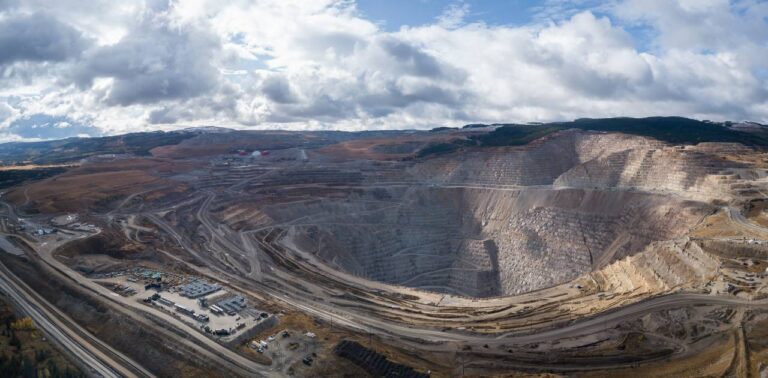Advertisements
The question of mountain of garbage in the landfill is an alarming reality facing many cities around the world. The Deonar landfill in Mumbai, India, is an extreme example of this crisis. At an impressive height, twice as high as the White House, the mountain of garbage at Deonar symbolizes the growing problem of improper waste disposal.
The amount of solid waste generated globally is alarming. In 2013, the world discarded an estimated 3.5 million tons of waste per day. This number is projected to rise to 6 million tons per day by 2025 and, according to a World Bank report, could reach a staggering 11 million tons per day by 2100. This growing mountain of garbage in the landfill It is not just a local problem, but a global challenge that requires urgent solutions.

Impacts and Challenges of the Mountain of Trash
The impact of mountains of garbage in the landfill goes beyond mere appearance. These landfills are not just waste dumps, but sources of several environmental and social problems:
Soil and Water Contamination: The accumulation of waste can lead to the contamination of water resources and soil, affecting public health and the environment.
Gas Emission: Landfills produce gases such as methane, a potent greenhouse gas, contributing to climate change.
Health Risks: Contact with waste can cause health problems for neighboring communities, including respiratory and infectious diseases.
These problems are particularly acute in places like Mumbai, where the mountain of garbage in the landfill of Deonar not only affects the environment but also the quality of life of local residents.
3. Recycling: A Partial Solution
Recycling is one of the strategies to mitigate the impact of mountains of garbage in the landfill, but still faces significant challenges. Despite efforts to promote recycling, convincing people to separate waste correctly, such as putting plastic in the red bin instead of the blue one, remains a challenge.
Education and Awareness: It is essential to educate the public about the importance of correctly separating waste and the benefits of recycling.
Recycling Infrastructure: Investing in better systems for collecting and processing recyclable materials is crucial to increasing the recycling rate.

Waste Burning and Pollution Control
Burning garbage is a common technique for reducing the volume of waste in landfills, but it is often done without proper pollution control. This method can release harmful pollutants into the air, further exacerbating the environmental problem.
Clean Burning Technologies: Investing in technologies that minimize pollutant emissions during waste burning is a way to reduce environmental impact.
Regulation and Monitoring: It is necessary to establish and implement strict regulations to control pollution generated by waste burning.
Disparities in Waste Disposal
There is a significant disparity in waste production between developed and low-income countries. According to the World Bank, developed countries generate more waste per capita, despite having better waste management systems. This discrepancy is also visible within the same country, as in the case of Mumbai, which between 2011 and 2012 was responsible for more than 6% of the waste of the whole of India.
Local and Global Solutions: It is crucial to adopt solutions adapted to local realities while seeking to address the issue globally.
Sustainable Development: Investing in sustainable waste management practices and recycling infrastructure can help balance disparities in waste disposal.
Paths to the Solution
To address the problem of mountains of garbage in the landfill and the control of pollution generated, coordinated actions and innovative solutions are needed:
Reduction at Source: Reduce the amount of waste generated, promoting conscious consumption practices and sustainable design.
Improved Waste Management: Implement best practices for waste collection, separation and treatment, including expanding recycling and composting.
Community Engagement: Encourage active community participation in waste management and the promotion of sustainable practices.
The question of mountain of garbage in the landfill is a growing challenge that requires a multifaceted approach to its solution. The combination of efficient recycling, pollution control, and continued efforts to reduce, reuse, and recover waste is essential to address this global crisis. It is time to act responsibly and with commitment to ensure a more sustainable future for future generations.
Check out other interesting facts about recycling clicking here.
Learn how to make art by recycling, Click here.
Summary



